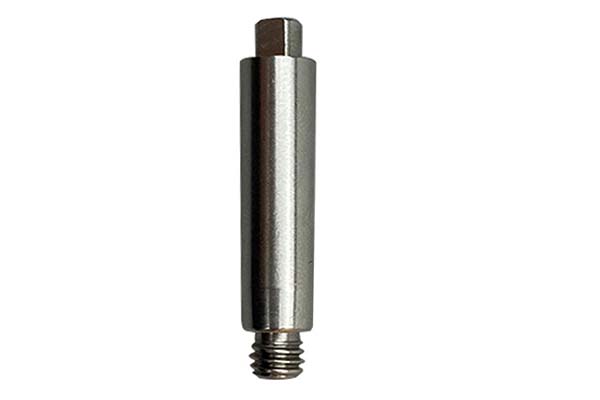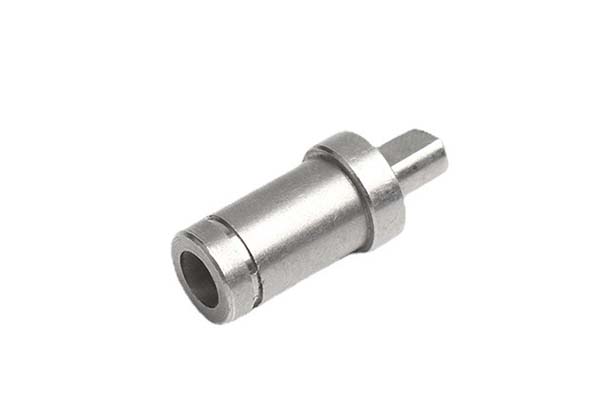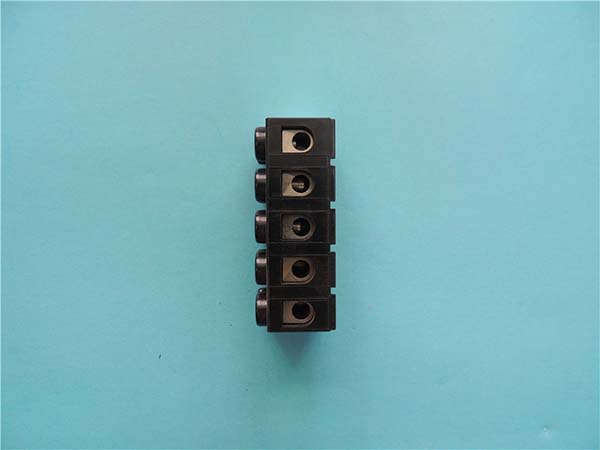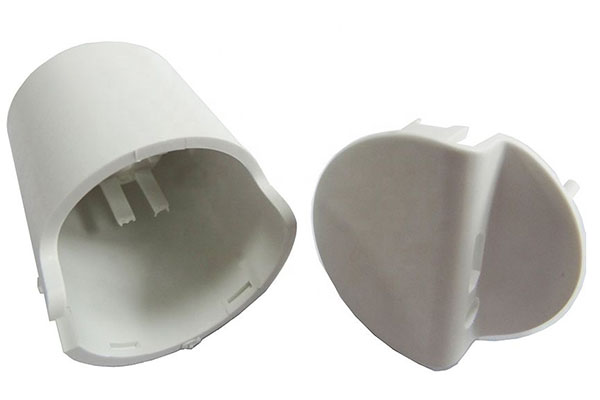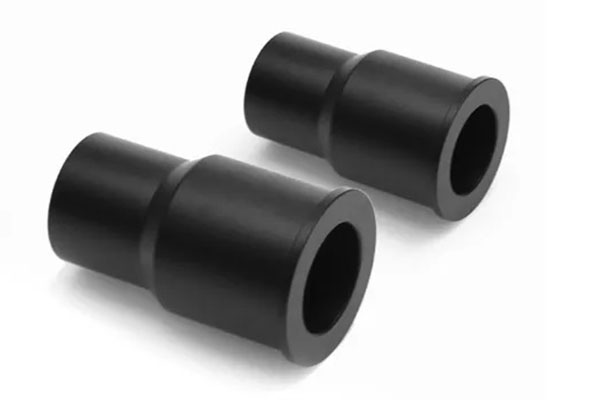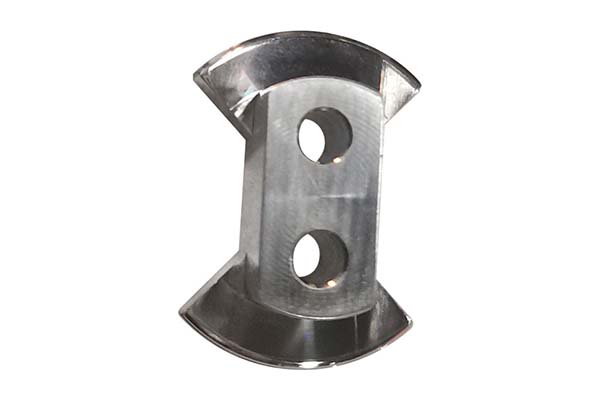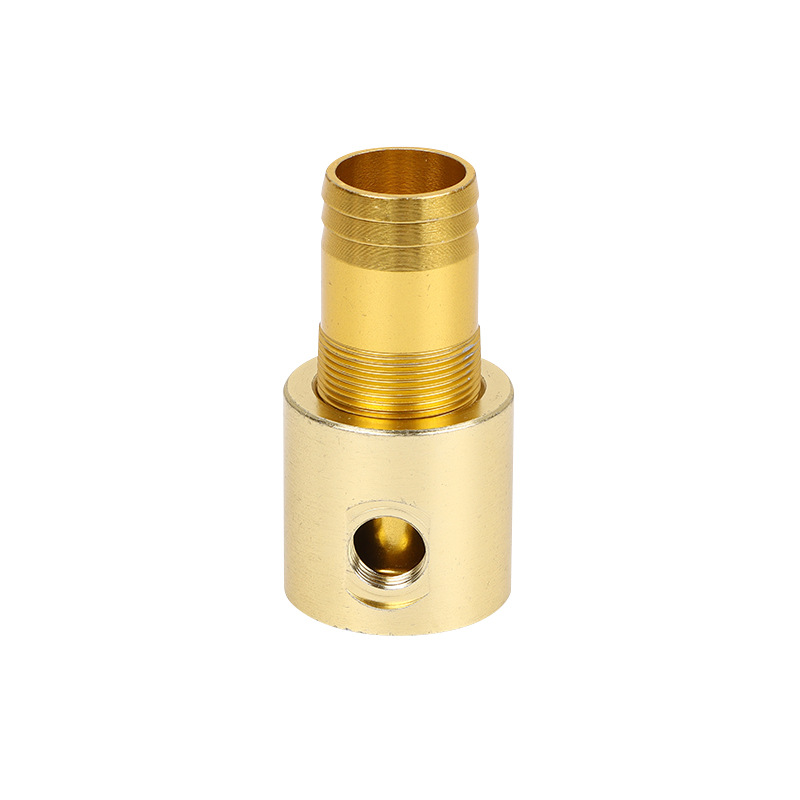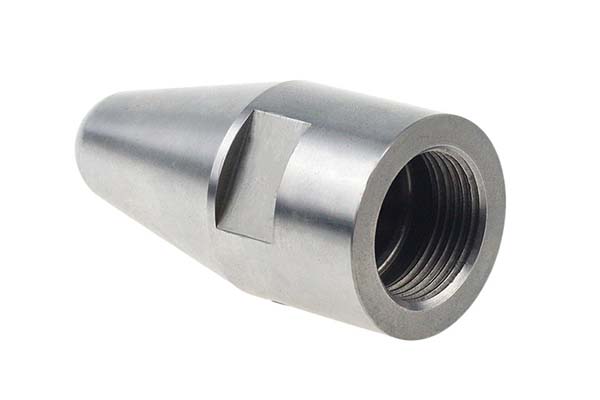Tool Steel A2 and O1 are two of the most widely used cold work tool steels, each offering unique advantages, but selecting and machining them effectively presents challenges. Manufacturers often struggle with choosing between A2’s superior wear resistance and O1’s better machinability, leading to suboptimal tool performance. Machining A2 can be problematic due to its higher alloy content, causing increased tool wear, while O1’s lower hardenability requires precise heat treatment to avoid inconsistent hardness. Additionally, achieving tight tolerances and desired surface finish demands tailored CNC machining parameters for each steel. This guide addresses these pain points, providing actionable insights to optimize CNC machining Tool Steel A2/O1 for efficiency, durability, and precision in industrial applications.
Material Characteristics & Selection
Understanding the distinct properties of A2 tool steel and O1 tool steel is critical for proper selection:
- A2 tool steel composition: Contains 0.95-1.05% carbon, 4.75-5.50% chromium, 0.90-1.40% manganese, 0.30-0.50% molybdenum, and 0.20-0.40% silicon. This chromium-molybdenum alloy provides excellent toughness and wear resistance.
- O1 tool steel properties: Comprises 0.85-0.95% carbon, 0.30-0.50% manganese, 0.30-0.45% chromium, 0.15-0.25% tungsten, and 0.10-0.30% silicon. Its oil-hardening nature and lower alloy content enhance machinability.
- Hardness comparison A2 vs O1: Both reach 57-60 HRC after heat treatment, but A2 maintains hardness better at elevated temperatures, while O1 achieves full hardness with simpler heat treatment.
- Wear resistance A2: Superior to O1 due to higher chromium content, making A2 ideal for abrasive applications like stamping dies.
- Toughness O1: Higher than A2, with impact energy of 20-25 J vs. 15-20 J for A2, suiting O1 for tools subjected to impact loading.
- Machinability rating A2 O1: O1 scores higher (70% vs. 60% relative to 1215 steel) due to its lower carbide content, reducing tool wear during machining.
- Heat-treat response: A2 requires controlled atmosphere furnaces to prevent decarburization, while O1 responds well to simple oil quenching, making it more accessible for small shops.
- Dimensional stability: A2 offers better stability during heat treatment, with less distortion than O1, critical for precision tools with tight tolerances.
CNC Machining Parameters & Techniques
Optimal Parameters for A2 and O1
- CNC speeds feeds A2 steel:
- Milling: 40-60 m/min cutting speed, 0.05-0.10 mm/tooth feed rate with carbide endmills.
- Turning: 50-70 m/min speed, 0.10-0.15 mm/rev feed for roughing; 70-90 m/min, 0.05-0.10 mm/rev for finishing.
- CNC feeds speeds O1 steel:
- Milling: 60-80 m/min speed, 0.08-0.12 mm/tooth feed rate, leveraging its better machinability.
- Turning: 70-90 m/min speed, 0.12-0.20 mm/rev feed for roughing; 90-110 m/min, 0.08-0.12 mm/rev for finishing.
- Carbide endmills for tool steel: 4-flute TiAlN-coated carbide works best for A2, while O1 can be machined efficiently with uncoated carbide or high-speed steel tools for low-volume runs.
- HSM tool steel A2: High-speed machining with trochoidal milling (10,000+ RPM) reduces tool contact time, minimizing work hardening in A2.
- Coolant strategy machining O1: Flood cooling with soluble oil (8-10% concentration) prevents heat buildup, while A2 benefits from high-pressure coolant (70-100 bar) to flush chips from deep cuts.
- Chatter avoidance tool steel: Use rigid toolholders, reduce overhang, and employ variable helix endmills to dampen vibrations, critical for achieving smooth surfaces in both steels.
Heat Treatment & Post-Machining
Processes for Optimal Performance
- Hardening A2 tool steel: Austenitize at 850-870°C, hold 30-60 minutes, air cool to 540°C, then oil quench. Achieves 60-62 HRC before tempering.
- Oil quench O1 steel: Heat to 790-810°C, soak 20-40 minutes, then quench in oil. Reaches full hardness (58-60 HRC) with minimal warpage.
- Tempering chart A2 O1:
- A2: Temper at 150-200°C for 2 hours to achieve 58-60 HRC; higher temperatures (250-300°C) reduce hardness to 55-57 HRC for increased toughness.
- O1: Temper at 150-200°C for 1-2 hours, balancing hardness and toughness without significant strength loss.
- Vacuum heat treatment: Recommended for A2 to prevent oxidation and decarburization, preserving surface quality and wear resistance.
- Stress relieving after machining: Heat to 650°C for 1-2 hours before final heat treatment, reducing residual stresses to minimize distortion in both steels.
- Distortion control: A2’s lower distortion tendency makes it better for complex shapes, while O1 benefits from pre-machining allowances (0.1-0.2 mm) to account for dimensional changes.
Tooling & Cutting Tool Selection
Choosing the Right Tools
- Best inserts for A2 steel: Carbide inserts with PVD coatings (AlTiN or TiAlN) offer superior wear resistance. Grade C-5 (ISO K30) works well for general machining.
- PVD coating for O1 machining: TiN coatings reduce friction and extend tool life in O1, though uncoated carbide suffices for low-volume production.
- CBN vs carbide tool steel: Carbide is preferred for annealed A2/O1, while CBN inserts are cost-effective for finishing hardened material (55+ HRC) in high-volume runs.
- Variable helix endmill A2: Reduces chatter and improves chip evacuation, critical for deep cavity milling in A2.
- Toolholder rigidity: Shrink-fit or hydraulic toolholders minimize runout, essential for maintaining precision in both steels, especially when machining at high speeds.
- Minimum quantity lubrication tool steel: Effective for O1 in light cuts, reducing coolant waste, but A2 requires flood cooling for heavy machining to manage heat.
Surface Finish & Grinding
Achieving Precision and Quality
- Surface finish A2 after CNC: Annealed A2 achieves Ra 1.6-3.2 μm with carbide tools; hardened A2 requires grinding to reach Ra 0.4-0.8 μm for precision dies.
- Grinding hardened O1: Uses vitrified aluminum oxide wheels with medium grit (80-120), achieving Ra 0.2-0.4 μm finishes suitable for cutting edges.
- EDM vs grinding tool steel: EDM is ideal for complex shapes in hardened A2/O1, avoiding mechanical stresses, while grinding provides better flatness and surface integrity for critical surfaces.
- Ra value target A2: Ra 0.8 μm for general tooling, Ra 0.4 μm for bearing surfaces, and Ra 0.2 μm for sealing faces in hydraulic tools.
- Polishing A2 tool steel: Follows grinding with diamond compounds (3-6 μm) to achieve mirror finishes (Ra ≤0.025 μm) for plastic mold inserts.
Applications & Case Studies
A2 and O1 tool steels excel in diverse industrial applications:
- A2 steel stamping dies: Outperform O1 in high-volume stainless steel stamping, with a case study showing 30% longer life due to better wear resistance.
- O1 steel fixtures: Preferred for jigs and fixtures due to easier machining and lower cost, with sufficient hardness for repeated use.
- CNC machining punches: A2 punches maintain sharp edges longer in abrasive materials like galvanized steel, while O1 punches handle occasional impact better in low-volume production.
- Plastic mold inserts A2: Resist wear from glass-filled plastics, maintaining surface finish through 100,000+ cycles—twice the life of O1 inserts in the same application.
- Automotive tooling case study: A2 forming tools reduced maintenance costs by 25% compared to O1 in a car body stamping line, offsetting higher material costs within 6 months.
Yigu Technology’s Perspective
At Yigu Technology, we specialize in CNC machining Tool Steel A2/O1 for industrial tooling. Our data shows variable helix endmills reduce tool wear by 35% in A2 compared to standard endmills, while O1 machining benefits from PVD-coated carbide inserts for 20% longer tool life. For heat treatment, we recommend vacuum processing for A2 to ensure uniform hardness (±1 HRC) and oil quenching for O1 to balance cost and performance. Our 5-axis machining centers achieve ±0.002 mm tolerances, critical for precision dies. We guide clients in material selection: A2 for high-wear, high-volume applications; O1 for cost-sensitive, low-to-medium volume tooling. With ISO 9001 certification, we deliver A2/O1 components that balance performance, precision, and affordability.
FAQ
- When should I choose A2 over O1 tool steel?
Select A2 tool steel for high-wear applications like stamping dies or plastic molds with abrasive materials, where its superior wear resistance and toughness justify higher machining costs. It’s also better for complex shapes requiring dimensional stability during heat treatment.
- What are the key CNC machining differences between A2 and O1?
O1 tool steel allows higher cutting speeds (60-90 m/min vs. 40-60 m/min for A2) and benefits from simpler tooling due to better machinability. A2 requires more wear-resistant tools (AlTiN-coated carbide) and aggressive cooling to manage heat buildup and work hardening.
- How do heat treatment processes differ for A2 and O1?
A2 tool steel requires controlled atmosphere heating (850-870°C) and air/oil quenching, followed by tempering, to avoid decarburization. O1 tool steel uses simpler oil quenching after heating to 790-810°C, making it more accessible for shops without vacuum furnaces, though it’s prone to slightly more distortion.
